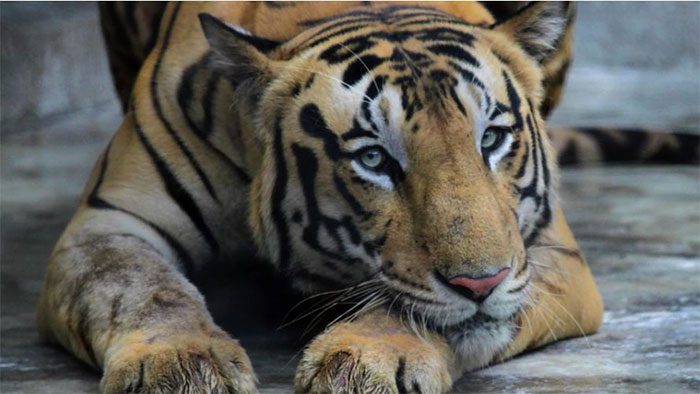Climate change will trigger what is known as co-extinction, where the death of one species leads to the death of another.
According to a new study published at the United Nations Biodiversity Conference, Earth could lose more than 10% of its species by the end of the 21st century. Approximately 3,000 scientists have collectively called on governments to take action to reverse this concerning trend.

The extinction of one species leads to the extinction of another. (Illustrative image: AP).
Researchers have created a model simulating an artificial Earth on a supercomputer, modeling the impacts of global warming along with human land resource usage on ecosystems.
“We have created a virtual world and mapped the fate of thousands of species globally to identify the likelihood of extinction hotspots in the real world,” said Dr. Giovanni Strona from the University of Helsinki.
The simulations indicate that in the worst-case scenario, 27% of species could disappear. In the average scenario, about 13% of animals and plants would go extinct.
The team of scientists pointed out that this study is unique because it considers secondary impacts on biodiversity, where the extinction of one species leads to the extinction of another.
“Think about a predator losing its prey due to climate change. The loss of prey represents a primary extinction. But without food, its predator will also go extinct. This process is called co-extinction. All species depend on others in some way,” explained Professor Corey Bradshaw from Flinders University.
About 3,000 scientists have signed an open letter to governments urging action to address the overconsumption of Earth’s resources. This document particularly targets the overconsumption of wealthy nations that has impacted the nature of developing countries. Scientists emphasize that wealthy nations bear the primary responsibility for climate change.


















































